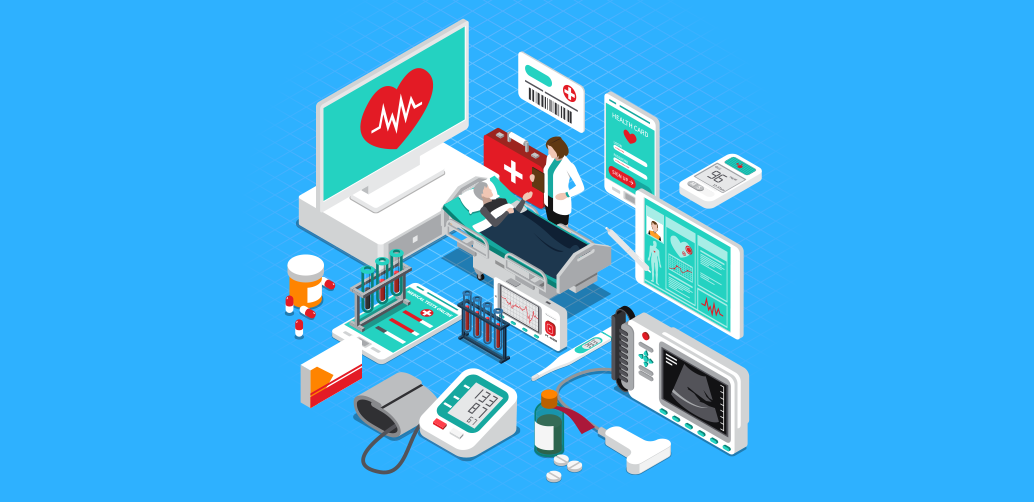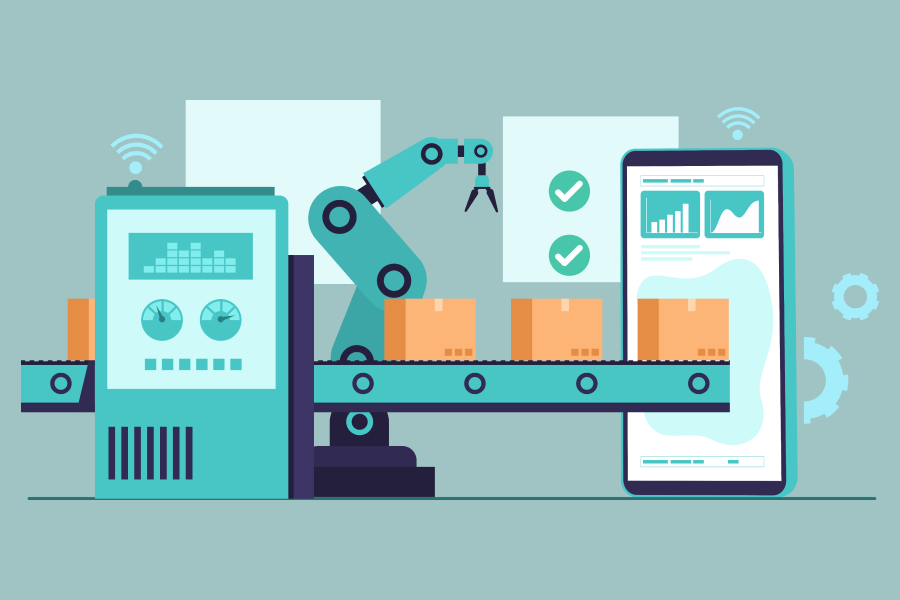Loneliness and social isolation are two underrated public health issues that have affected a significant portion of adults around the globe. Approximately one quarter of the whole adult population age ranging from 65 and above are considered to be socially isolated and a massive number amongst them have reported feeling lonely. People who are of the age 50 and above have shown many signs of loneliness, they run a high risk of factors that can exacerbate social isolation and can cause loneliness and other related mental problems. Chronic illness or sensory dysfunctions, losing a friend or family, or living alone are the most common reasons why they feel that way. Over one’s life course social isolation may be episodic or chronic depending upon how the individual perceives and interprets life.
Senior isolation is a well-being threat that impacts at the least 1 / 4 of seniors over the age of 65. This problem got more attention from people when the topic of discussion surfaced the previous decade when ageing outcomes like cognitive decline, depression, anxiety, weight issues, hypertension, impaired immune performance, Alzheimer’s disease, coronary heart problems, and even loss of life caused a noticeable threat to seniors all around the world. Lack of transportation, bodily limitations, and insufficient literacy among various Social Determinants of Health (SDOH) has caused the impair entry to medication and psychological well-being remedy and preventive care for older adults. These components extend the impression of power comorbidities and acute points in our nation’s senior inhabitants.
With the pandemic in 2020 and Covid-19 imposing a threat on people especially the lives of older adults had an unfavourable impact on social isolation. Fulfilling the need of the hour by maintaining social distancing lowered use of the healthcare system as a result of the threat of potential SARS-CoV-2 publicity are each essential components for seniors. Without a well-timed medication consideration health rapidly deteriorates and leads to a life-threatening state of affairs and power medical situation worsens. Amongst medical beneficiaries, social isolation is the supply of 6.7 Billion in healthcare prices yearly. Right now addressing issues like social isolation and loneliness must be a critical target for healthcare communities, programmes, and requires nationwide coverage.
Organizations throughout the healthcare spectrum are taking a holistic approach and views of the sufferers and the approach used to attach are probably susceptible to the population. Also to adapt to this demographic change technology is being used to address the loss capabilities and address the new needs of the ageing population:
Role of Technology In Addressing Issues of Social Isolation
Technology is a tool that helps the healthcare industry to manage the changing circumstances and loss of capabilities when it comes to its responsibility in addressing problems to social isolation. Technology has great potential to help ageing seniors to live and age well by addressing their mental, physical, and social challenges. Through technology, we can provide older adults with meaningful stimulating and enjoyable activities to enhance their overall quality of life and correctness.
In 2016 a study suggested that technology can alleviate social isolation by identifying eight different technologies. video games, personal reminder information and social management systems, robotics, asynchronous peer support chat rooms, Telecare, social network sites and 3D virtual environments are a few of them. The findings show that these technologies have reduced social isolation among older adults.
Currently, the healthcare industry is using such technology by incorporating them in their various services. The healthcare industry has come to the realization that technology can be used in innumerable ways to improve their caregiving facility and increase patient satisfaction. Initially, as the healthcare industry was apprehensive about including technology it has been giving in to it more by the day. Technology is now available to facilitate analysis of environmental and socioeconomic circumstances that adversely affect patients and mitigate the negative impacts of social isolation. Here a few ways how technology is doing it:
Addresses chronic illness and SDOH:
When it comes to addressing chronic illness and SDOH in older adults it is only after the occurrence of the fact and not as a precautionary or its neither focused on prevention. By the time the person has reached the age of 65 they already have ongoing health problems such as diabetes, erratic blood pressure levels, cardiovascular problems or hypertension. Access points of seniors and adults are usually set off post-acute care with limited attention to SDOH.
To begin with preventive outreach for older adults one must understand the health disparities and target patients with higher risks. Attention must shift to the quality of caregiving health outcomes through better care coordination and a strong data analysis. The technology that will be driving this change must be for population health management.
Social Outreach and Support by Technology:
Everyone is moving towards more digitally-driven life including older adults. However, many people have issues with adapting such technology in their lives. A technology that will enable such adults to increase their social outreach and support would be a great help for people struggling with social isolation.
Provide Education and Training:
To improve health access and literacy and knowledge of care resources. Many health care centres and hospitals run a day class to teach older adults about how to use a smartphone or tablet access to and engage with various preventive services. Example Connecting a digital blood pressure checker to your home monitoring device for instant reading.
Using Population Health Data Analysis:
Using this technology will help in identifying high-risk patients. Determining patients that are a higher risk requires stratification at specific levels. As per the Center for Disease Control and Prevention, COVID-19 hospitalizations are rising with age, from 12 per 100,000 people (approx) among those 65 to 74 years old, to 17 per 100,000 for those over 85. Those who recover usually face difficulty to return back to the same mental and physical ability. Predictive analysis tools can help target multiple risk factors such as:
- Recent ED visits or hospitalizations
- Depression
- Presence of multiple chronic conditions
- Frailty indices such as fall risk
- Food insecurity, instability of housing, lack of transportation, and other SDOH
With the capability of identifying the top 1%-10% of the people who are running a high risk and requiring preventive measures, healthcare management becomes more efficient and effective using various care coordinated platforms.
Prevention and Follow Up Interventions:
Preventive care requires identifying high-risk individuals. Once identified, the essential step is to contact, outreach, determination, assessment, and follow up must occur. Integration of such technology also allows the work to flow seamlessly within the organization through automated interventions and triggered alerts. It allows the health care service provider to establish a community health record for efficient functioning.
To Wrap Up
We are saying that health care systems are working towards understanding the determinants of social health. They should focus on older adults struggling with social isolation as they face a higher risk of mortality due to various established health problems that they may already be suffering from.
As per a study conducted by the National Academies of Sciences, Engineering, and Medicine (NASEM), technology may play a crucial role in the report’s recommendations for how the healthcare system can do a better job of addressing the health impacts of social isolation and loneliness. Due to the COVID-19 problems associated with social isolation has seen a rapid spike and they must be controlled immediately. Integrating technology in the various ways mentioned above can be of value and bring in a significant change in the current scenario.

 Web and Full Stack
Web and Full Stack CMS and Frameworks
CMS and Frameworks Online Marketing
Online Marketing Cloud Services
Cloud Services ECommerce
ECommerce Mobile
Mobile



